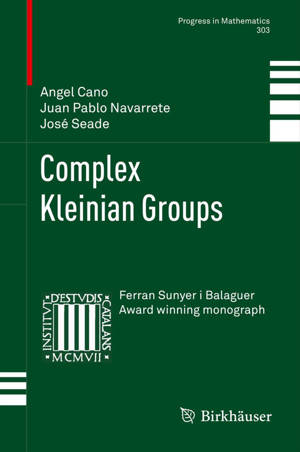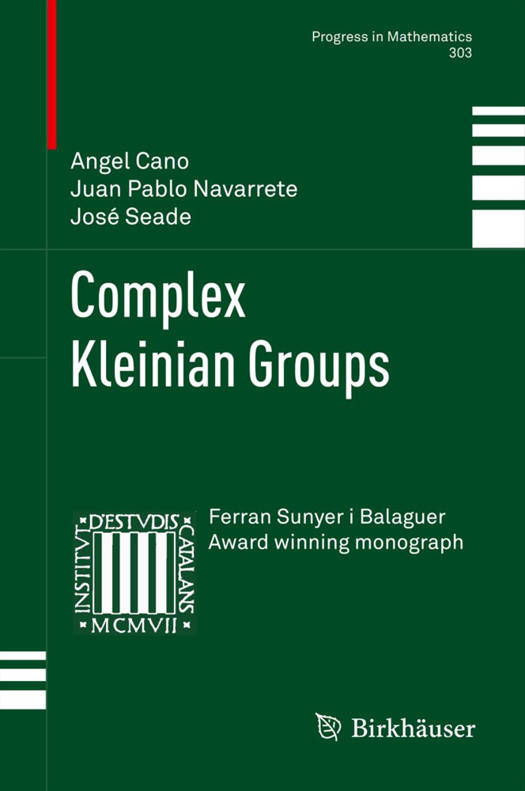
- Afhalen na 1 uur in een winkel met voorraad
- Gratis thuislevering in België vanaf € 30
- Ruim aanbod met 7 miljoen producten
- Afhalen na 1 uur in een winkel met voorraad
- Gratis thuislevering in België vanaf € 30
- Ruim aanbod met 7 miljoen producten
Zoeken
Omschrijving
This monograph lays down the foundations of the theory of complex Kleinian groups, a newly born area of mathematics whose origin traces back to the work of Riemann, Poincaré, Picard and many others. Kleinian groups are, classically, discrete groups of conformal automorphisms of the Riemann sphere, and these can be regarded too as being groups of holomorphic automorphisms of the complex projective line CP1. When going into higher dimensions, there is a dichotomy: Should we look at conformal automorphisms of the n-sphere?, or should we look at holomorphic automorphisms of higher dimensional complex projective spaces? These two theories are different in higher dimensions. In the first case we are talking about groups of isometries of real hyperbolic spaces, an area of mathematics with a long-standing tradition. In the second case we are talking about an area of mathematics that still is in its childhood, and this is the focus of study in this monograph. This brings together several important areas of mathematics, as for instance classical Kleinian group actions, complex hyperbolic geometry, chrystallographic groups and the uniformization problem for complex manifolds.
Specificaties
Betrokkenen
- Auteur(s):
- Uitgeverij:
Inhoud
- Aantal bladzijden:
- 272
- Taal:
- Engels
- Reeks:
- Reeksnummer:
- nr. 303
Eigenschappen
- Productcode (EAN):
- 9783034808057
- Verschijningsdatum:
- 14/12/2014
- Uitvoering:
- Paperback
- Formaat:
- Trade paperback (VS)
- Afmetingen:
- 156 mm x 234 mm
- Gewicht:
- 412 g

Alleen bij Standaard Boekhandel
+ 105 punten op je klantenkaart van Standaard Boekhandel
Beoordelingen
We publiceren alleen reviews die voldoen aan de voorwaarden voor reviews. Bekijk onze voorwaarden voor reviews.











